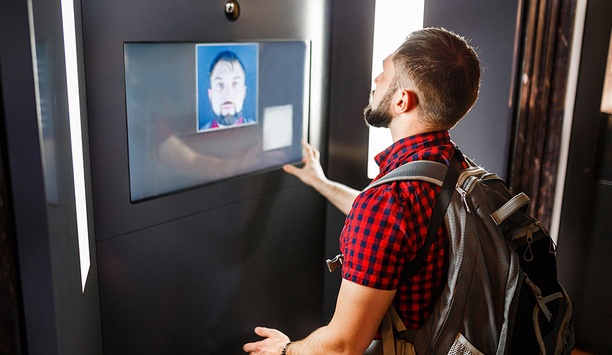Jacob Gannon

Jacob Gannon
Marketing Specialist, IronYunJacob Gannon is a marketing specialist at IronYun, a next-generation artificial intelligence video surveillance software company. In his time there, he has successfully helped organize and launch several high-level marketing projects. Jacob received his bachelor’s degree in Communication from the prestigious University of Connecticut in 2020, where he learned the many skills required to strategically and effectively communicate through different platforms in business and marketing.
Articles by Jacob Gannon
News reports and opinion columns about face recognition are appearing everyday. To some of us, the term sounds overly intrusive. It even makes people shrink back into their seats or shake their head i...
On November 2019 in Stockton, California, surveillance footage found that vandals shot out glass windows and doors in many places in a small business complex (FOX40). The intruders broke in only to le...































